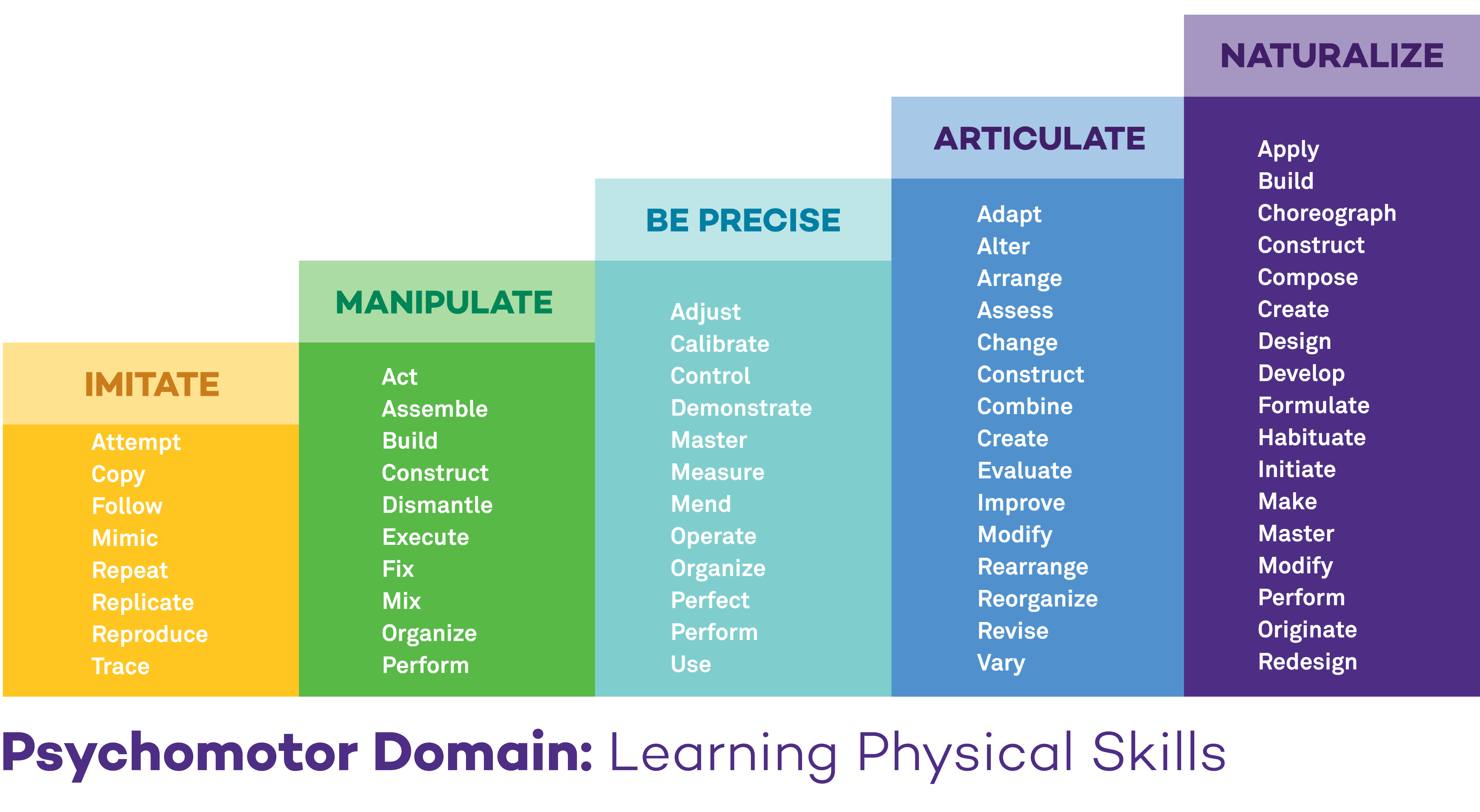(Re)define Learning Outcomes
Aligned with the Transparency in Learning and Teaching (TILT) framework, learning outcomes focus on ensuring clarity and explicitness in expectations. As such, learning outcomes are specific statements that define what students will know, be able to do, or demonstrate by the end of an activity, lesson, module, class, or program.
For students, learning outcomes serve as clear indicators of the knowledge, skills, or attitudes they are expected to acquire. For instructors, they provide a roadmap for designing courses, guiding instruction, and creating assessments that align with educational goals.
Effective Learning Outcomes
When articulating learning outcomes, it’s important to start with the end goal in mind—a process often referred to as "backward design" (Wiggins, McTighe, 2005). This approach ensures that all learning activities and assessments are aligned with the intended outcomes. The articulation of learning outcomes should also follow a SMART approach:

Crafting clear and effective learning outcomes is both an art and a science. A structured approach, such as the SMART framework, can help ensure key elements are included. However, the most impactful learning outcomes are those that are transparent, accessible, and measurable, making expectations clear while allowing for meaningful assessment.
To support you in writing strong learning outcomes, we offer a simple, step-by-step formula:

- Start with a time-bound statement – Define a specific timeframe in which students should achieve the outcome.
- Ensure achievability – Clearly indicate the level of knowledge, skill, or attitude students are expected to develop.
- Be specific – Explicitly state what is being measured, whether it’s a knowledge, skill, or attitude.
To provide greater specificity, learning outcomes can be categorized into learning domains that help clarify the type of learning that each outcome aims to achieve, ensuring that the outcomes are well-defined and aligned with the desired knowledge, skills, or attitudes.
Types of Learning Domains
Resources
- Anderson, L. W., Krathwohl, D. R., & Bloom, B. S. (2001). A taxonomy for learning, teaching, and assessing: A revision of Bloom’s taxonomy of educational objectives. New York: Longman.
- Bloom, B. S.; Engelhart, M. D.; Furst, E. J.; Hill, W. H.; Krathwohl, D. R. (1956). Taxonomy of educational objectives: The classification of educational goals. Handbook I: Cognitive domain. New York: David McKay Company.
- Wiggins, G. P., & McTighe, J. (2005). Understanding by design (2nd ed.). Pearson.


